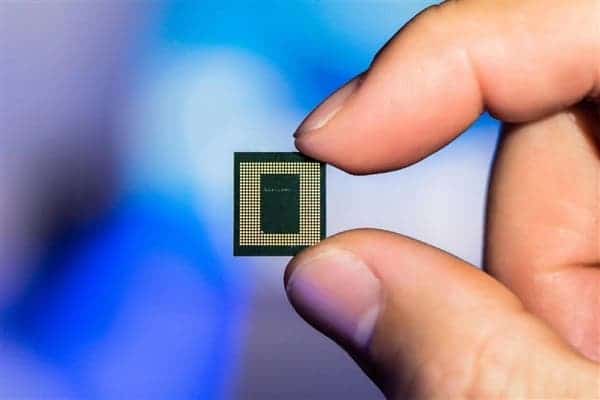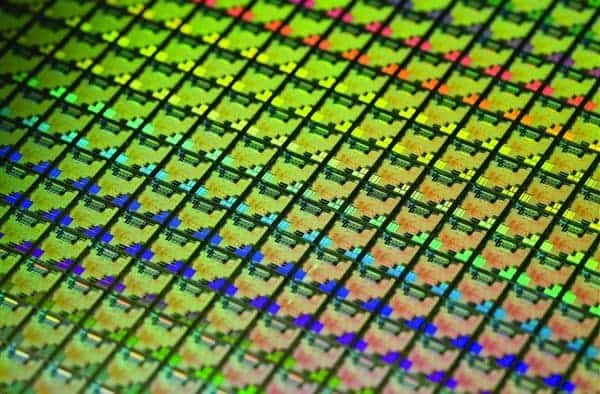Apple A14, Samsung Exynos 1080, Kirin 9000, Snapdragon 888, etc. All these chips are using a 5nm technology. In this regard, TSMC and Samsung each account for half of the four. According to the current roadmap, 5nm will be slightly upgraded next year. So 3nm, which really appears as an iterative identity, will need to wait until 2022.
Following the disclosure of mass production of 3nm in 2022, Digitimes reported that TSMC plans to start production of the 3nm Plus enhanced version in 2023. Not surprisingly, Apple will still be the first customer.

If Apple’s naming rules remain unchanged, then the corresponding A17 processor in 2023 should be used on the ‘iPhone 15’. Of course, the M-series processors on the Mac will definitely be used as well. At that time, Apple will no longer have Mac products with Intel processors.
Also Read: TSMC Announces Its First 3nm AI Chip Customer – Neither Apple Nor Huawei
According to previous statements, 3nm will achieve 15% performance improvement, 30% power consumption reduction and 70% density increase. But the specific parameters of 3nm Plus is still unclear.
It is worth mentioning that TSMC’s 3nm still uses FinFET fin-type field effect transistors, while Samsung’s 3nm uses the more advanced GAA surround gate transistor approach. In this regard, TSMC believes that the current FinFET process is better in terms of cost and energy efficiency. Thus, the first set of 3nm chips will still use FinFET transistor technology. However, Samsung, an old rival of TSMC, is betting on the 3nm node to turn over. Thus, its progress and technology choices are very radical. It will eliminate the FinFET transistors and directly use GAA to surround the gate transistors.
Back in April, TSMC disclosed some details of the upcoming 3nm process node. Its transistor density creates a new record, 250 million / mm². For reference, the Kirin 990 5G with TSMC’s 7nm EUV process has a size of 113.31mm², a transistor density of 10.3 billion, an average of 90 million / mm². However, the 3nm process transistor density is 3.6 times that of the 7nm process. This density is visually analogized to reducing the Pentium 4 processor to the size of the needle.





